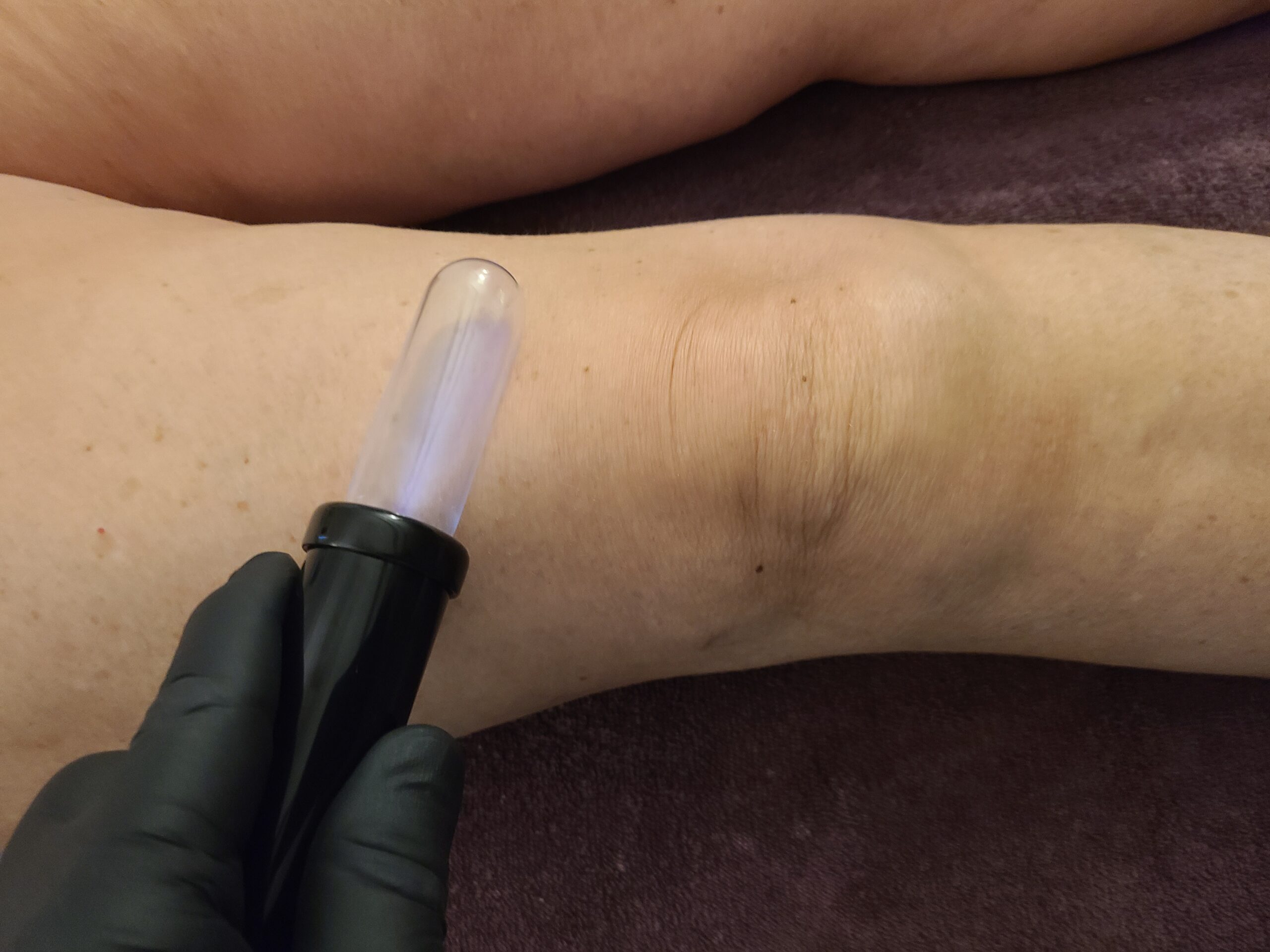Optimizing your post-surgery Assisted lymphatic Therapy is crucial for a smooth recovery journey. Here are some tips to help you make the most out of your therapy:
- Follow Your Therapist’s Instructions: Your therapist will provide specific instructions on how often you should attend sessions and any at-home techniques you can use. Adhering to these guidelines is essential for optimal results.
- Stay Hydrated: Proper hydration is vital for lymphatic drainage. Drink plenty of water throughout the day to help flush toxins from your body and support the lymphatic system.
- Maintain a Healthy Diet: Eating a balanced diet rich in fruits, vegetables, lean proteins, and whole grains can support your body’s healing process. Avoid excessive salt, sugar, and processed foods, as these can contribute to inflammation and fluid retention.
- Stay Active: Gentle movement and exercise can help stimulate lymphatic flow. Follow your doctor’s recommendations regarding physical activity after surgery and incorporate light activities like walking or stretching into your daily routine as you’re able.
- Wear Compression Garments: Compression garments can help reduce swelling and support lymphatic drainage. Wear them as directed by your physician, especially during periods of increased activity or when sitting or standing for long periods.
- Elevate Affected Areas: Elevating the affected area above the level of your heart can help reduce swelling and encourage lymphatic drainage. Use pillows or cushions to elevate the area whenever possible, especially during periods of rest.
- Avoid Tight Clothing: Tight clothing can restrict lymphatic flow and exacerbate swelling. Opt for loose, comfortable clothing that allows for unrestricted movement and circulation.
- Massage: Gentle self-massage can help stimulate lymphatic flow and reduce swelling. Use light pressure and gentle, circular motions to massage the affected area, following any guidelines provided by your therapist.
- Monitor Progress: Keep track of any changes in swelling, discomfort, or range of motion and communicate regularly with your therapist or healthcare provider. Adjustments to your treatment plan may be necessary based on your progress and individual needs.
By incorporating these tips into your post-surgery Assisted Lymphatic Therapy, you can optimize your recovery journey and promote healing and well-being. Remember to be patient with yourself and give your body the time it needs to heal fully.
Ready to take your recovery to the next level? Schedule your consultation with Integrative Lymphatic Therapy today and discover how our expert therapists can support your healing process. Contact us now to begin your journey to optimal health!
